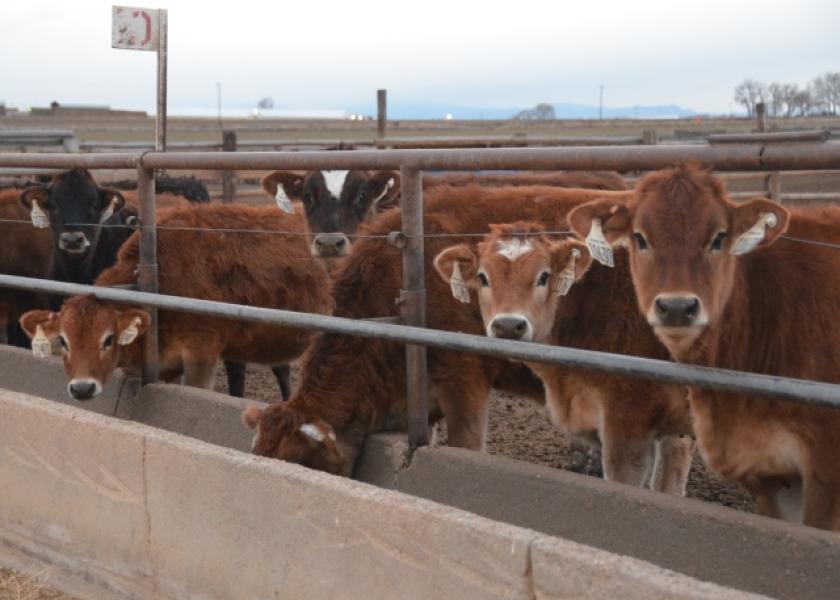Don’t Shortchange Feeding Heifers

The moods of many dairy producers have been boosted by the first quarter performance of their dairy. With significantly higher milk check prices year-over-year, most dairies are making profitable margins according to Trent Dado, independent dairy nutrition and management consultant with GPS Consulting.
“A lot of dairies commented on very healthy balance sheets on quarter one, even though feed prices were pretty elevated,” Dado remarks. “Those that locked in feed prices last summer or early fall are really doing well because they were able to capitalize on some cheaper feed.”
Dado commented that fluctuations in feed ingredients have hit differently, and fat products have recently started showing signs of increased costs.
“Fat products really started to increase in prices over a year ago, and they've continued a pretty linear increase since then,” he says.
Dado shares that Indonesia banning some palm oil exports will impact feed costs. He says that both the oil and fat markets continue to be both a question mark and a big hurdle for farmers, especially those that have a high production diet.
When looking to substitute with another product and going away from fat, Dado advises working with a nutritionist as the best way to adapt to changes.
“It’s really up to the dairy and to their advisors to watch the cows and watch components, in particular, to make sure that they can fit in all the energy that you need, without burdening the rumen and the cow health,” he says. “Feeding high-producing cows without fat is definitely difficult.”
As feed costs have significantly increased year-over-year, Dado says don’t shortchange feeding heifers, even if they are viewed as an expense for your dairy.
“Don’t short feed to heifers or feed them rotten feed,” he says. “Quality matters. There's always been a renewal of research around the importance of having for growth and performance on lactation performance, especially first lactation.”
He says if producers are concerned about the costs of feeding heifers, they need to use that as a conversation starter with their nutritionist.
“Producers can produce different forages or get access to different forages that are more optimal for heifer rearing,” Dado says.
Producers have taken advantage of feeding small grain forages, especially rye in the Midwest. Dado encourages producers to find lower nutrients to fit into the heifer ration because they don’t require as much energy, but still need high-quality forages.
“I think it's going to be one of those years where producers have to bite the bullet and pay a little bit more for heifer feed,” he says. “With the way that the commodities are priced, every acre possible is probably going to be going into corn and soybeans.”
Additional Tips with Raising Heifers
Brian Vaassen, Midwest business manager with Standard Dairy Consultants, offers the following tips for raising heifers.
Tighter groups are recommended. Diets are balanced on a weight basis. Having tighter weight groups allows diets to be more focused on the balance point, making it more efficient for the heifer in that group.
Cull early. I still think there is room for more selection on heifer wean. Cull rates are very low after weaning, and breeding rates are high. We should know exactly how many heifers we need as herd replacements.
Strong heifer management. This includes controlling flies in the summer, which helps improve feed efficiency. Vaassen also recommends using Ionophore, that helps with feed efficiency. Finally, a dry, well-ventilated environment is vital. For example, in muddy conditions, we need to bump energy needs by 10-15% to make up for the energy needed to track through muddy conditions.







